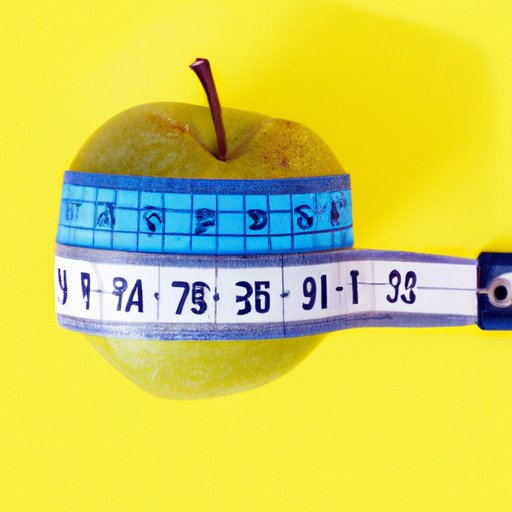
Introduction
In recent years, fasting for weight loss has become a popular trend. Many people have successfully shed some extra pounds with various fasting techniques. However, fasting is not a one-size-fits-all method, and it requires some preparation and knowledge to achieve weight loss efficiently. This article provides an overview of the benefits, types, routines, and techniques of fasting for weight loss.
Benefits of Fasting for Weight Loss
Fasting can help in weight loss by limiting calorie intake, boosting metabolism, and reducing insulin resistance. Compared to other diets, fasting may lead to more significant weight loss and better blood sugar control. Research studies have also shown that fasting can lower the risk of chronic diseases such as diabetes, heart disease, and cancer.
Preparing for a Fast
It’s crucial to prepare mentally and physically before starting a fast. This includes gradually reducing calorie intake, staying hydrated, and avoiding processed foods. Some people find it helpful to consult a healthcare professional before embarking on a fast. Mental preparation involves planning ahead, setting realistic goals, and finding ways to stay motivated during the fast.
Fasting Routines
There are different types of fasting routines, such as intermittent fasting, water fasting, and juice fasting. Some people prefer longer fasting periods, while others prefer shorter ones. It’s essential to find a fasting routine that suits your lifestyle and goals. Sample fasting routines that have been successful for weight loss include the 16/8 method, 5:2 diet, and alternate-day fasting.
Choosing the Right Fasting Method
Choosing the right fasting method depends on several factors, such as health conditions, lifestyle, and preferences. Intermittent fasting may be more suitable for people with busy schedules, while water fasting may be more effective for quick weight loss. It’s also important to consider safety and sustainability when choosing a fasting method. If switching from one method to another, it’s essential to do it gradually to avoid shock to the body.
Overcoming Challenges
Fasting for weight loss can be challenging, especially during the first few days. Some common challenges include food cravings, hunger, low energy, and irritability. Strategies to overcome these challenges include staying hydrated, keeping busy, getting enough sleep, and staying connected with a support group. It’s also essential to avoid overeating after breaking a fast by starting with small portions and gradually reintroducing regular foods.
Best Practices for Breaking a Fast
Breaking a fast properly is essential to avoid digestive issues and regain normal eating habits. It’s recommended to start with small, easily digestible meals such as fruit, soup, or salad. Gradually reintroduce regular foods, starting with cooked vegetables and lean proteins. Eating slowly and mindfully and drinking plenty of water can also help with digestion.
Personal Experiences and Success Stories
Many people have successfully lost weight through fasting and improved their overall health and well-being. Their positive experiences can be inspiring and motivating for those who want to try fasting for weight loss. It’s helpful to read their stories, connect with other fasting enthusiasts, and share tips and challenges.
Conclusion
Fasting for weight loss can be a safe and effective method, provided it’s done with proper knowledge and preparation. Choosing the right fasting method, overcoming challenges, and breaking a fast properly are some essential aspects of fasting for weight loss. It’s crucial to set realistic goals, stay motivated, and seek professional help if needed. Remember that fasting is not a quick fix, but a lifestyle change that can lead to long-term benefits for your health and weight.





